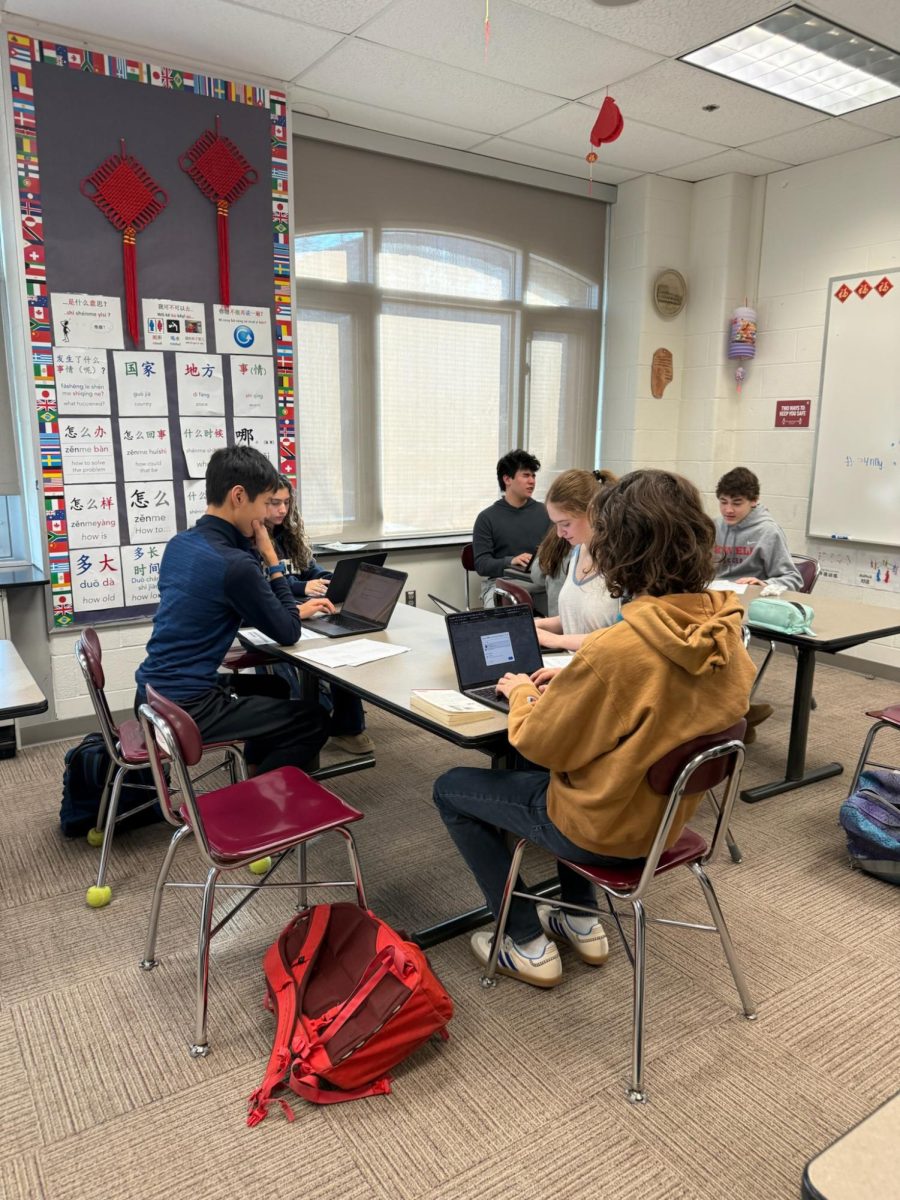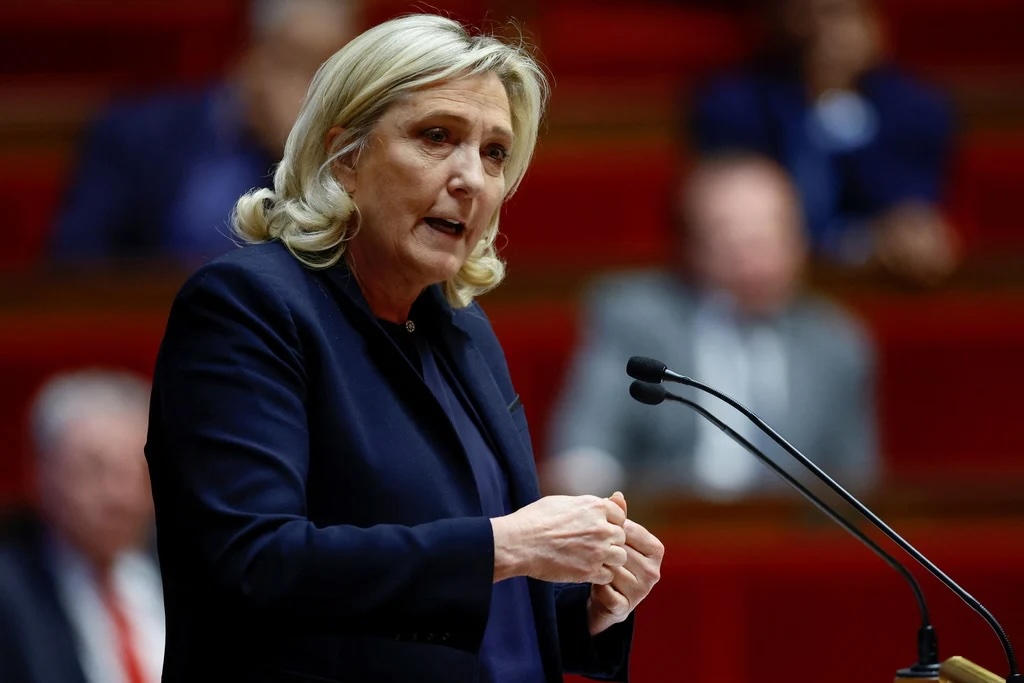President Joe Biden Visits Ukraine Amidst Continued Violence
On Feb. 20, on the one-year anniversary of Russia’s invasion of Ukraine, U.S. President Joe Biden paid a visit to Ukraine’s capital city, Kyiv, to meet with Ukrainian President Volodymyr Zelensky and reaffirm America’s “unwavering and unflagging commitment to Ukraine’s democracy, sovereignty, and territorial integrity,” according to a statement form the White House.
Since the war began on Feb. 24, 2022, tens of thousands of Ukrainian and Russian soldiers have been killed, and millions of Ukrainian civilians have left their homes to seek refuge in neighboring countries, such as Poland, Romania, Hungary and Moldova. A recent report by the Council on Foreign Relations in New York observed that the Biden administration and Congress have directed more than $75 billion in assistance to Ukraine, which includes over $40 billion in military support alongside humanitarian and financial aid.
Dozens of other countries, including most members of the North Atlantic Treaty Organization (NATO) and the European Union, have also provided large aid packages to Ukraine. This money has helped the Ukrainian military and assisted the Ukrainian government with economic challenges, refugee settlement and law enforcement.
In a statement released by the White House, Biden announced additional delivery of “critical equipment, including artillery ammunition, anti-armor systems, and air surveillance radars to help protect the Ukrainian people from aerial bombardments.” Later in the week, the United States announced additional sanctions against Russian companies and their partners in other countries that have helped Russia evade economic sanctions.
In his statement, Biden also promised the Ukrainian government that the “unprecedented military, economic, and humanitarian support will endure.”
Biden’s visit to Ukraine carried some personal risk, as it was the first time that any modern American politician visited a conflict zone that the U.S. military was not engaged in.
National Security Advisor Jake Sullivan explained that “a small group of senior officials at the White House and across U.S. national security agencies set about working in secret for months to make it happen,” according to the Associated Press.
Sullivan added that Biden’s visit “required a security, operational and logistical effort from professionals across the U.S. government to take what was an inherently risky undertaking and make it a manageable risk.”
To protect Biden and his staff, the White House informed the Russians a few hours in advance of the trip, hoping to deter any Russian miscalculation that could risk direct conflict between the two countries.
In Kyiv, Biden and Zelensky walked to the Wall of Remembrance, which honors the Ukrainian soldiers killed since Russia’s 2014 annexation of Crimea. The two presidents put on a show of solidarity as air-raid sirens blared in the background. Biden, moved by his visit, said that Kyiv had “captured a part of [his] heart” on Twitter.
In a resolute message to Russian President Vladimir Putin and also to his fellow Americans at home, Biden declared that the U.S.’s support for Ukraine’s fight was “not just about freedom in Ukraine, [but] about freedom of democracy at large.”
A year of relentless bombardment by the Russians has not broken Ukrainian resolve. Biden’s visit provided a clear psychological boost to the Ukrainians.
According to The New York Times, the Ukrainian government said that the American president’s visit “sends a powerful message to our enemy: Tyranny will not defeat the Free World!”
As the fighting rages on relentlessly in eastern and southern Ukraine, it is clear that Ukraine needs continued support. While the United States and NATO are particularly wary of being pulled directly into the war themselves, they have gradually lowered their initial hesitations in giving Ukraine sophisticated and powerful weaponry.









































